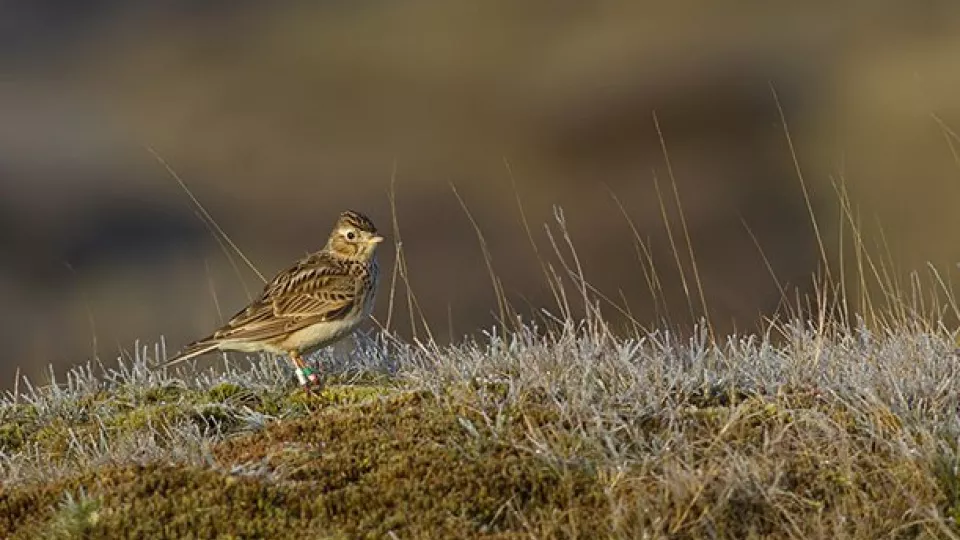“This was an unexpected discovery, as birds are generally considered to have very stable genetic material with well-preserved chromosomes”, explains Bengt Hansson, professor at Lund University in Sweden.
In a new study, the researchers charted the genome of several species of lark, a songbird family in which all members have unusually large sex chromosomes. The record-size chromosome is found in both the Eurasian skylark, a species that is common in Europe, Asia and North Africa, and the Raso lark, a species only found on the small island of Raso in Cape Verde.
According to the Lund biologists Bengt Hansson and Hanna Sigeman, who led the study, the four chromosomes have fused together in stages. The oldest fusion happened 25 million years ago and the most recent six million years ago. The four chromosomes that have formed the larks’ sex chromosome have also all developed at some time into sex chromosomes in other vertebrates.
“The genetic material in the larks’ sex chromosome has also been used to form sex chromosomes in mammals, fish, frogs, lizards and turtles. This indicates that certain parts of the genome have a greater tendency to develop into sex chromosomes than others”, says Bengt Hansson.
Why the two species have the largest sex chromosome of all birds is unclear, but the result could lead to problems for female larks in the future. Studies of different sex chromosome systems have shown that the sex-limited chromosome, for example the Y chromosome in humans, usually breaks down over time and loses functional genes.
“Among birds, the females have a corresponding W chromosome in which we see the same breakdown pattern. As three times more genetic material is linked to the sex chromosomes of these larks compared to other birds, this could cause problems for many genes”, says Hanna Sigeman, doctoral student at the Department of Biology, Lund University.
